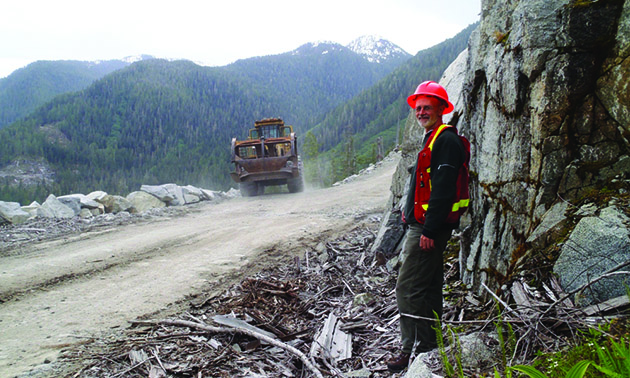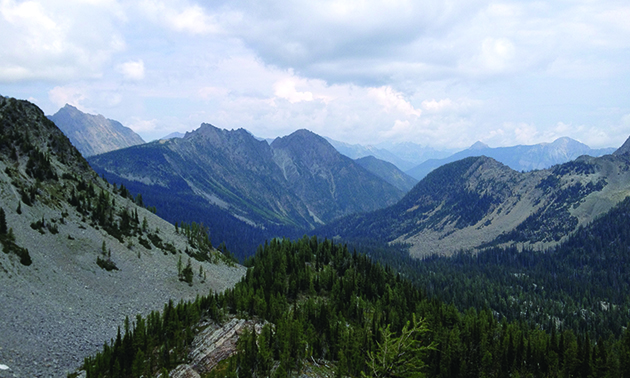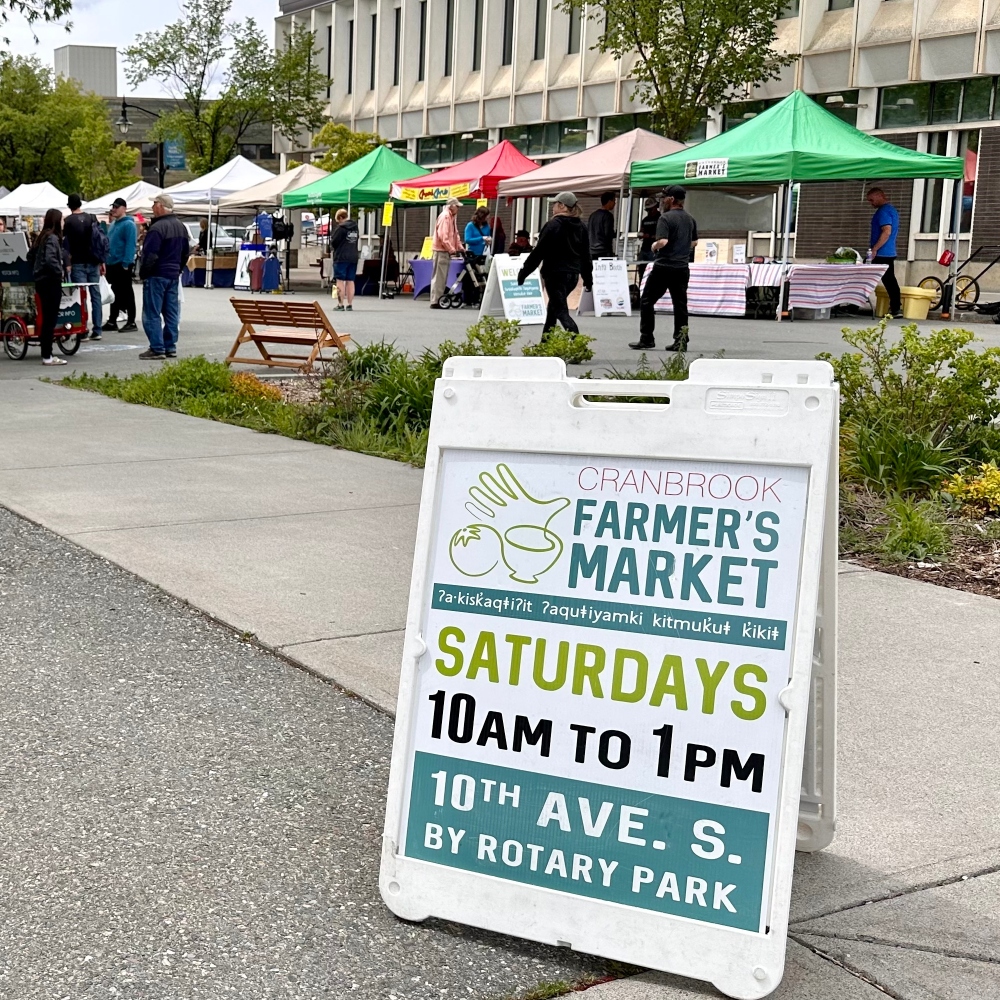Managing B.C.‘s resource roads
Part 2: Leadership is needed from the provincial government to maintain these valuable assets

With over 600,000 kilometres of resource roads in British Columbia, the maintenance of these roads is highly variable. — Photo courtesy B.C. Forest Practices Board
I was sitting in the back seat of a 2002 Mazda Tribute. We were driving up the Mause Creek forestry road on July 11th to hike into Tanglefoot Lake. There were 18 of us hikers in four vehicles. This road also is the access for the Fisher Peak trail, one of the most popular and difficult hikes in the East Kootenay region.
We had come to the most rugged part of the road—a deep ditch scattered with rocky outcrops. We were just about to get out of it when a horridly loud noise indicated trouble.
The upshot is that two of our male hikers jerry-rigged the car's displaced muffler so that we could continue to drive the vehicle. We got our lovely hike in that day.

Even though the muffler was damaged on our vehicle, we were able to continue our trip and enjoy mountain views on the hike to Tanglefoot Lake. — Virginia Rasch photo
A question looms
Given that British Columbia has over 600,000 kilometres of resource roads—which many of us outdoor enthusiasts depend upon—who is maintaining these roads?
According to the report Access Management and Resource Roads: 2015 Update, released in April by the B.C. Forest Practices Board, over half of the resource roads are not being maintained by anyone.
The responsibility for these roads is fragmented among a host of government agencies, and the administration of those responsibilities is under numerous different pieces of legislation.
As a result, the condition of resource roads is highly variable and sometimes poor, as my introductory anedote illustrates.
“It is extremely difficult for the public and other users of resource roads to have any reliable idea of where roads are and whether they are accessible or safe for travel,” said Tim Ryan, board chair of the Forest Practices Board.
The vast majority of resource roads (estimates range from 75 per cent to 90 per cent) were built by the forest industry. The B.C. Ministry of Forests, Lands and Natural Resource Operations (FLNR) currently manages about 40,000 kilometres of forestry roads.
About one-third is maintained by the forest industry under road use permits. However, where an industrial licensee maintains a road, there can be no expectation that access or maintenance will continue to be provided.
About one-third is maintained by government, primarily to provide access to rural residents and high-value recreation sites (one-quarter and three-quarters, respectively). FLNR maintains almost all of the remainder as wilderness road.
The board heard that there has been a large increase in the use of resource roads by the public, particularly for recreational purposes, in southern B.C. This includes campers, hikers, bikers, ATVers, snowmobilers, fishers and hunters, among others who want the provincial government to increase road maintenance or to take on the maintenance of roads no longer being used (and thus maintained) by the forest industry.
The FLNR Engineering Branch is currently revising its policy to guide decisions on forest service roads. But FLNR has advised the Forest Practices Board that current budgets are sufficient to satisfy only about one-third of the demand.
Deactivated versus wilderness roads
As quoted from the report, “Often those involved in backcountry recreation see little or no distinction among the many types of gravel roads that they travel on. The entire road system is seen either as the playground itself (e.g., for those in the four-wheel drive community) or as access to the playground for those with ORVs or those interested in non-motorized recreation.”
If no industrial user is willing to maintain the road, and the natural resource district is unable to due to costs or safety concerns, the only option under the Forest and Range Practices Act is to deactivate the road, which means that a road is no longer being used for its intended purposes.
There are two categories of deactivated roads: seasonal (or temporary) and permanent.
Deactivation is meant to leave roads in a state that requires no maintenance. The work includes stabilizing the road prism and removing any bridges or culverts over streams. Often a barricade prevents motor vehicle access.
Board auditors reported that deactivation is occurring less frequently and that most roads are being maintained as wilderness roads.
Maintenance of wilderness roads can be highly variable. A wilderness road must be maintained "only to the extent necessary to ensure there is no material adverse effect on a forest resource," as stated in the report. There is no requirement that the road be safe for users, including the public.
Such roads may not be graded nor have the snow removed. They may have water bars and cross ditches installed, or bridges may no longer be safe for use. The travelling public will often be notified with a sign that a road is a wilderness road.
A few solutions
But another question looms: Should the public expect continued road access to remote recreational sites? As another example, access to over 70 B.C. parks is provided by over 3,500 kilometres of roads that are maintained by an industrial licensee (mostly forestry ones).
Because resource roads have both positive and negative impacts (such as on water quality and wildlife), in theory, management decisions about resource roads should be made in the context of broader land use decisions.
At a minimum, the public should be informed of changes to resource roads. The board heard from the outdoor recreation community and adventure tourism operators that lack of notification about changes in resource roads—such as in the maintenance status or deactivation of existing roads—is a “pervasive problem.”
The most desirable solution to the multitude of resource road issues—besides more money allotted to their maintenance—would be a single comprehensive piece of legislation. However, the Natural Resource Roads Act has been stalled since 2011.
The board is encouraged by a provincial government initiative called the Natural Resource Permitting Project; its aim is to integrate natural resource activities and approvals. However, the project’s results will not be fully realized until 2020.






Comments